Spring Season 2023 Ends with Sold Out Cantonese - English Production
Boston, MA – The two-day run of Ethan Luk’s bilingual English/Cantonese play, Flight of a Legless Bird, concluded a completely sold-out spring season at Pao Arts Center. In the spirit of celebration and paying homage to the queer symbolism of one of the play’s key inspirations, Hong Kong Pop icon Leslie Cheung, the show run ended with a lively “Red Heels” dance party, DJ’ed by local artist DonDon.
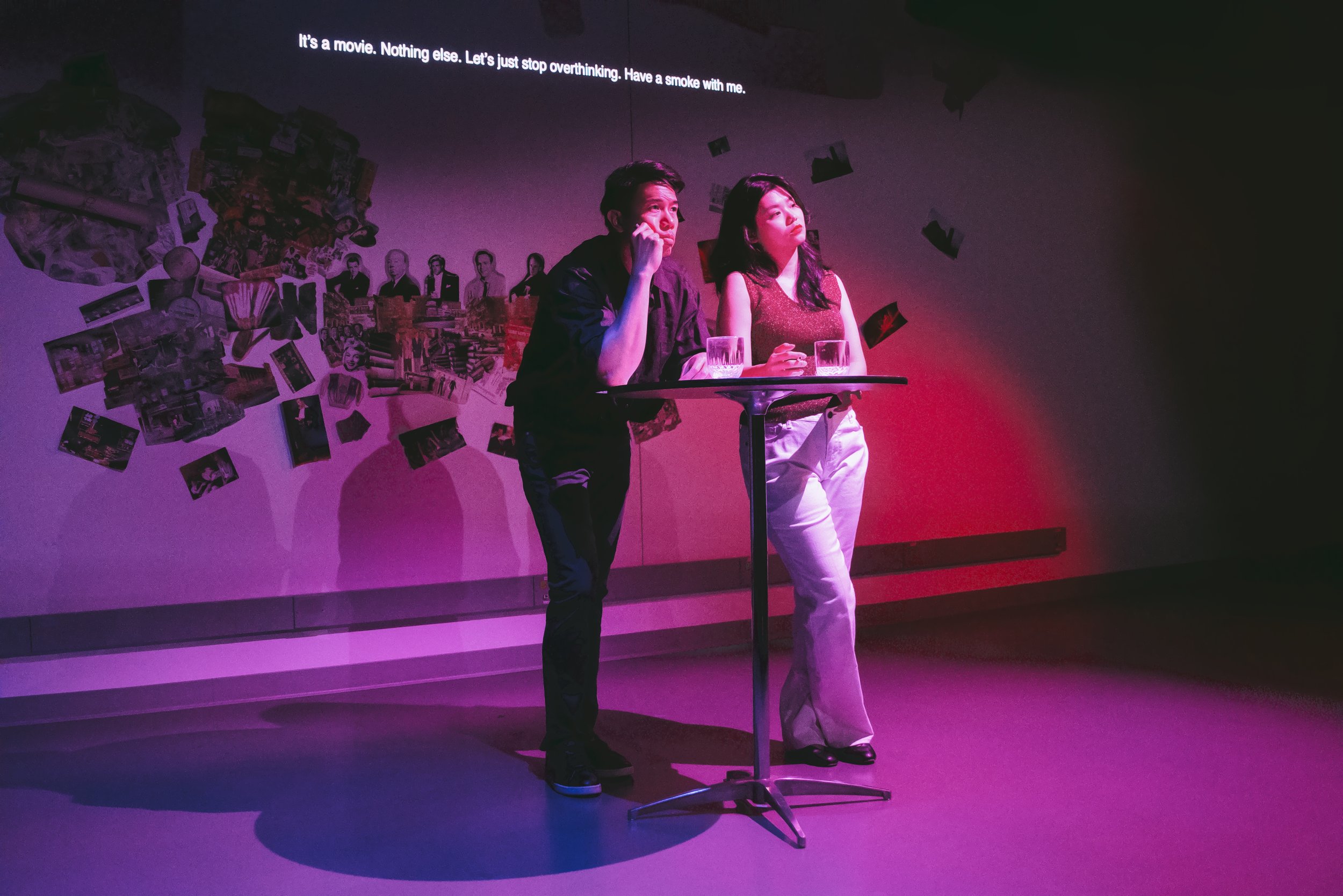
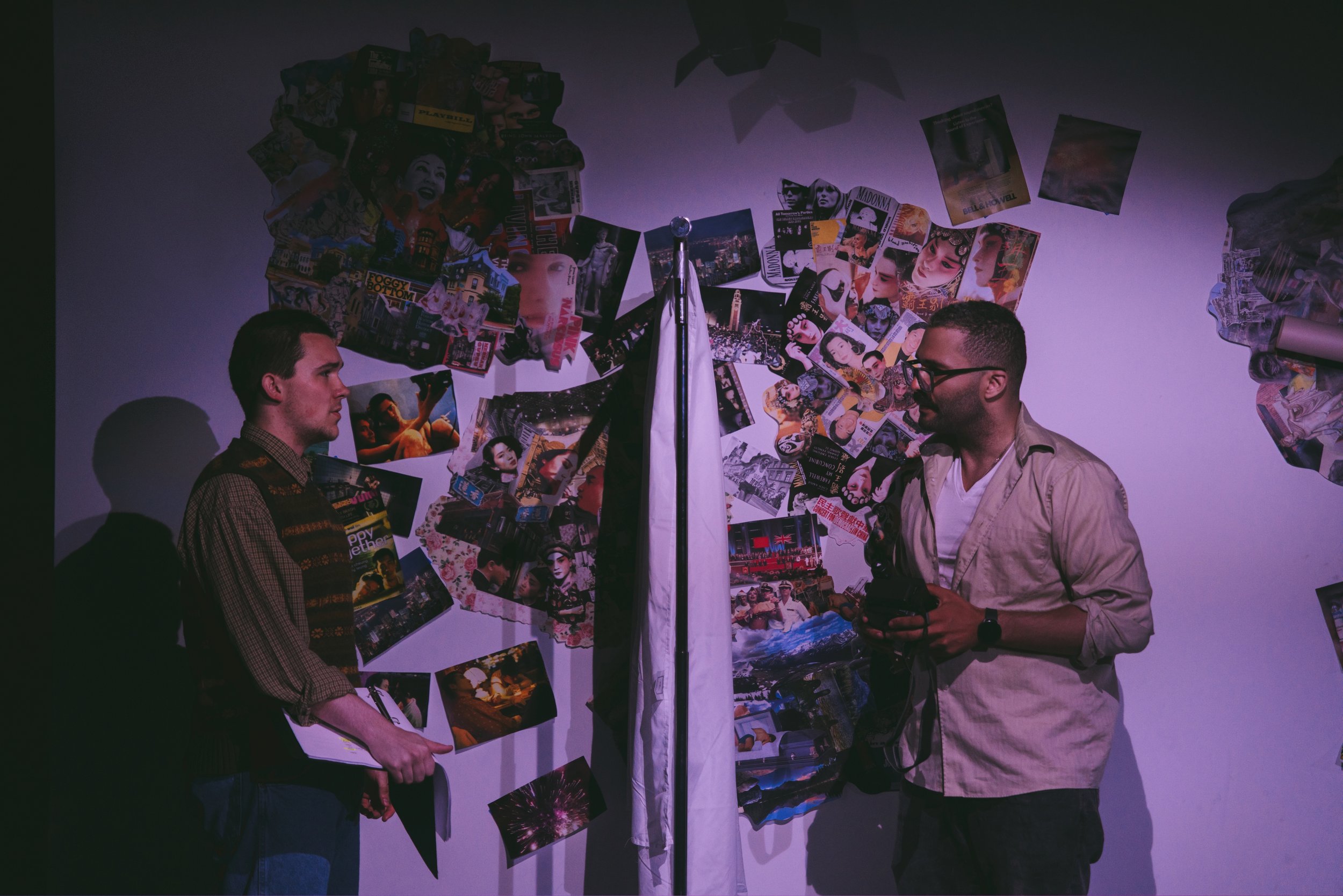
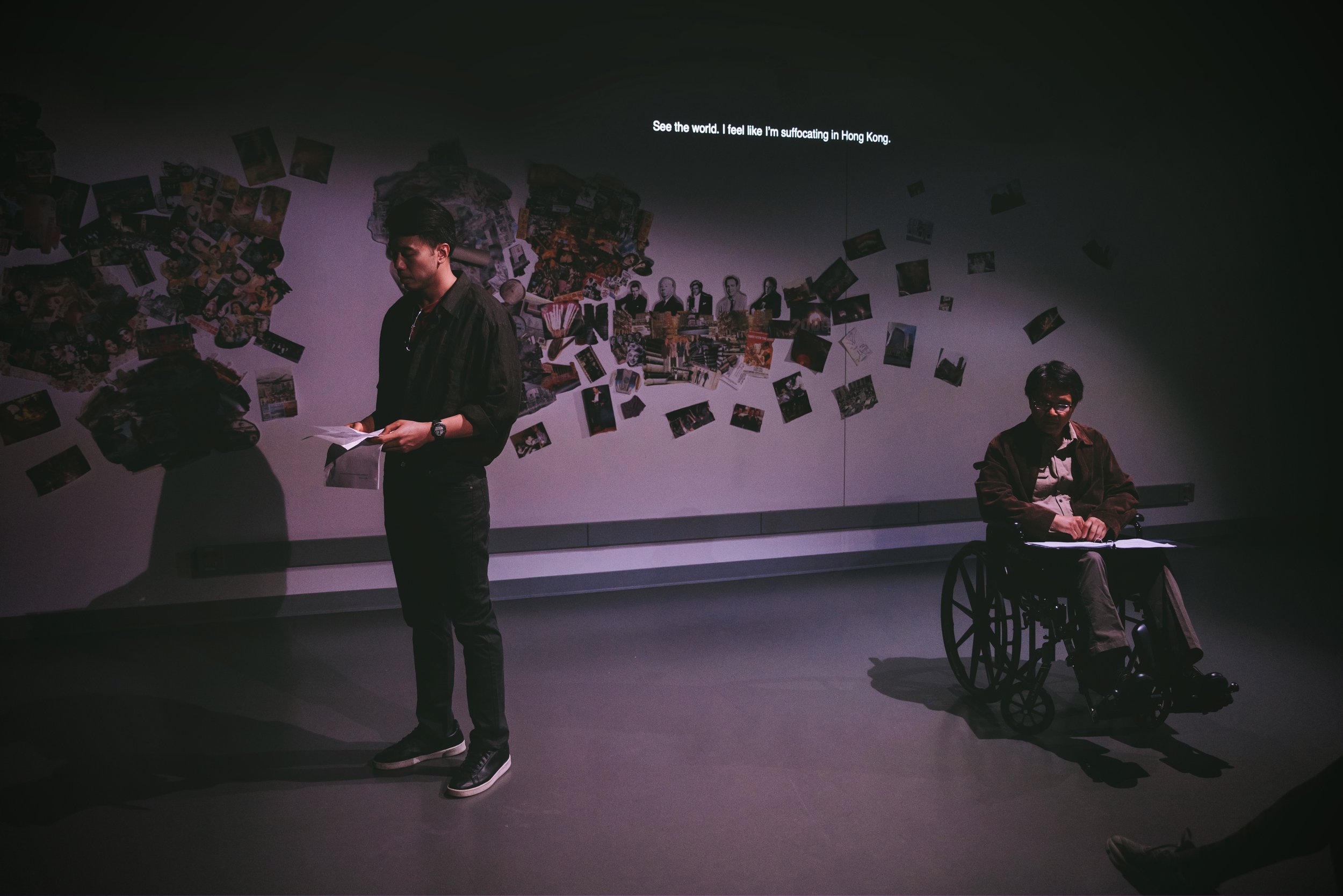
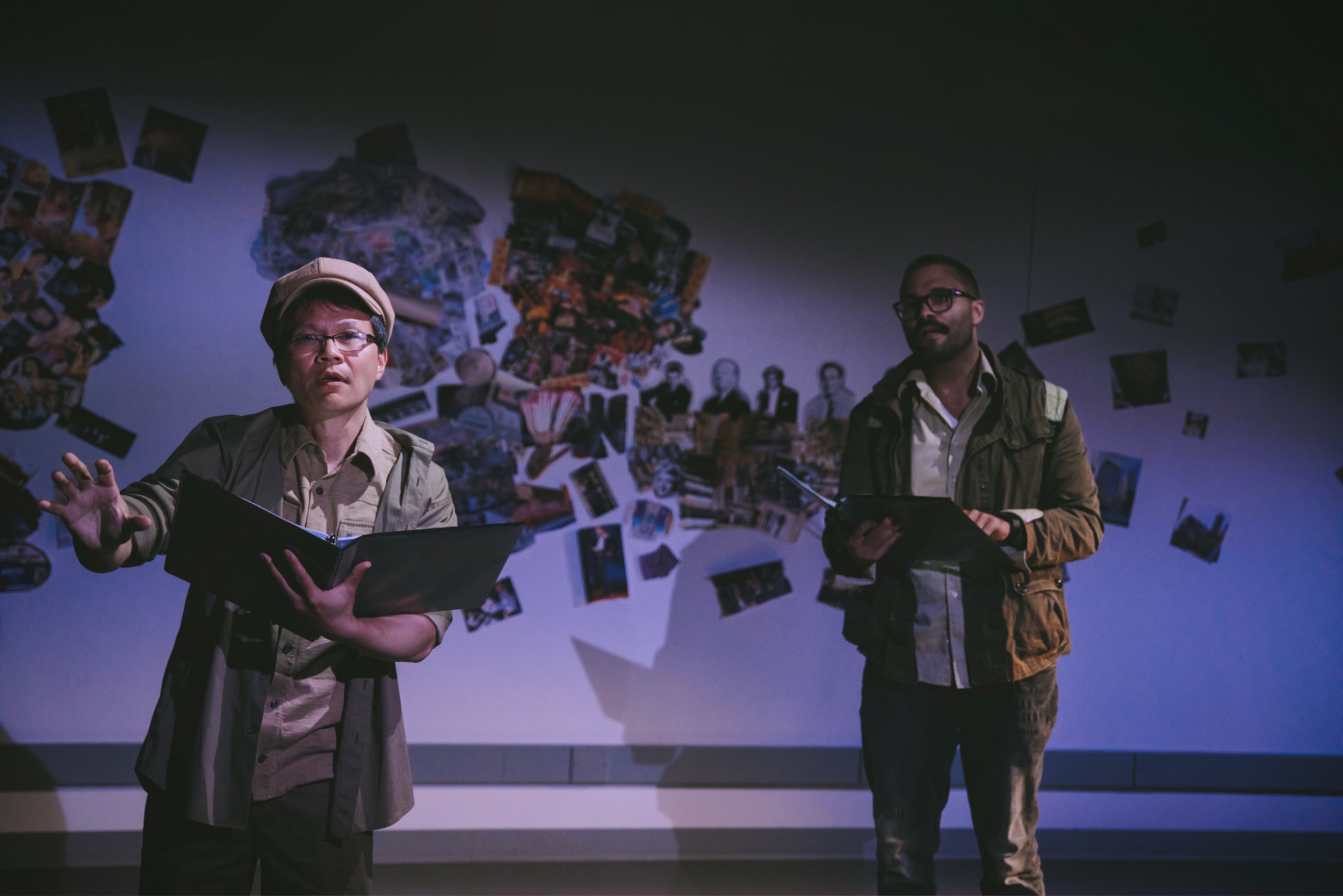
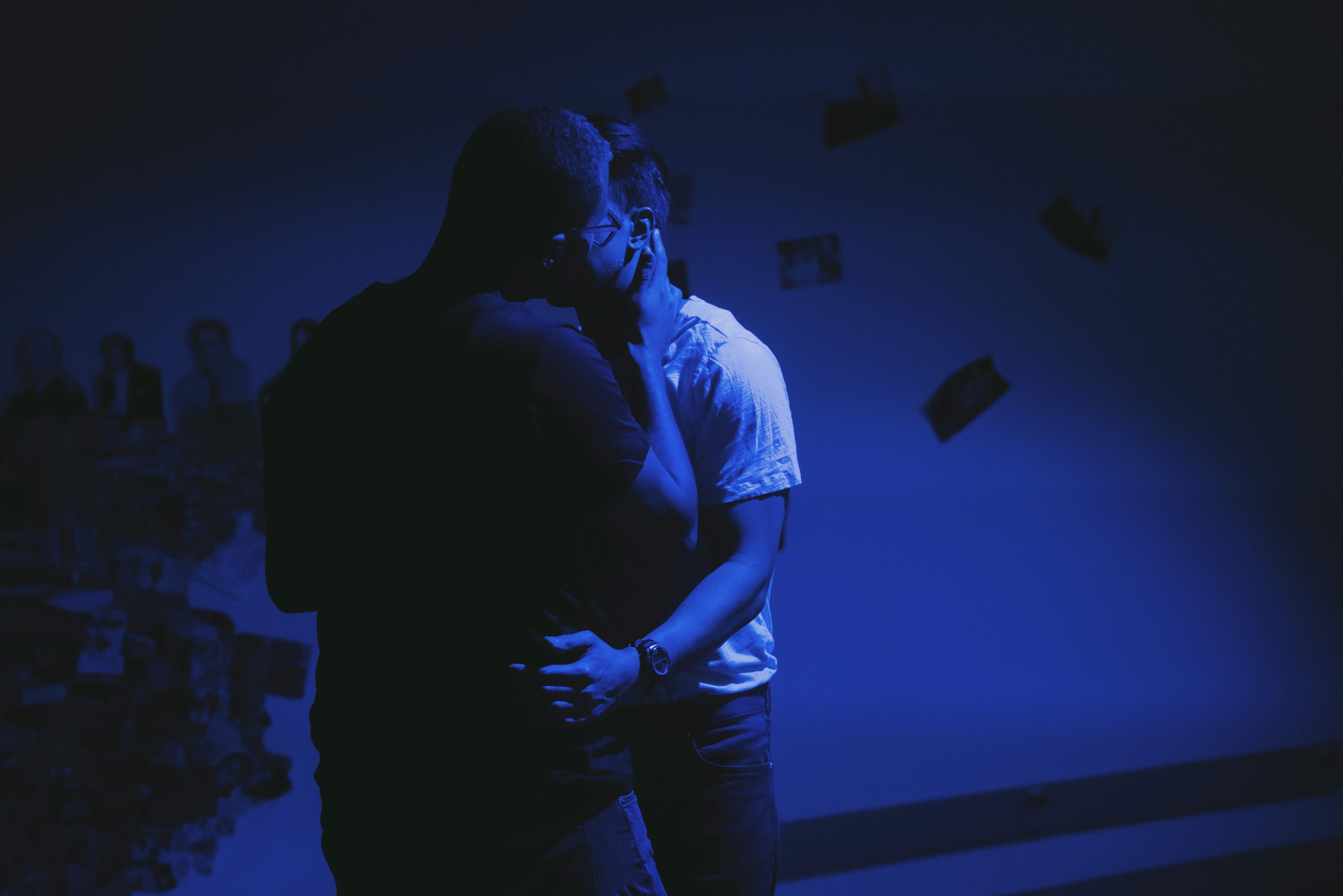
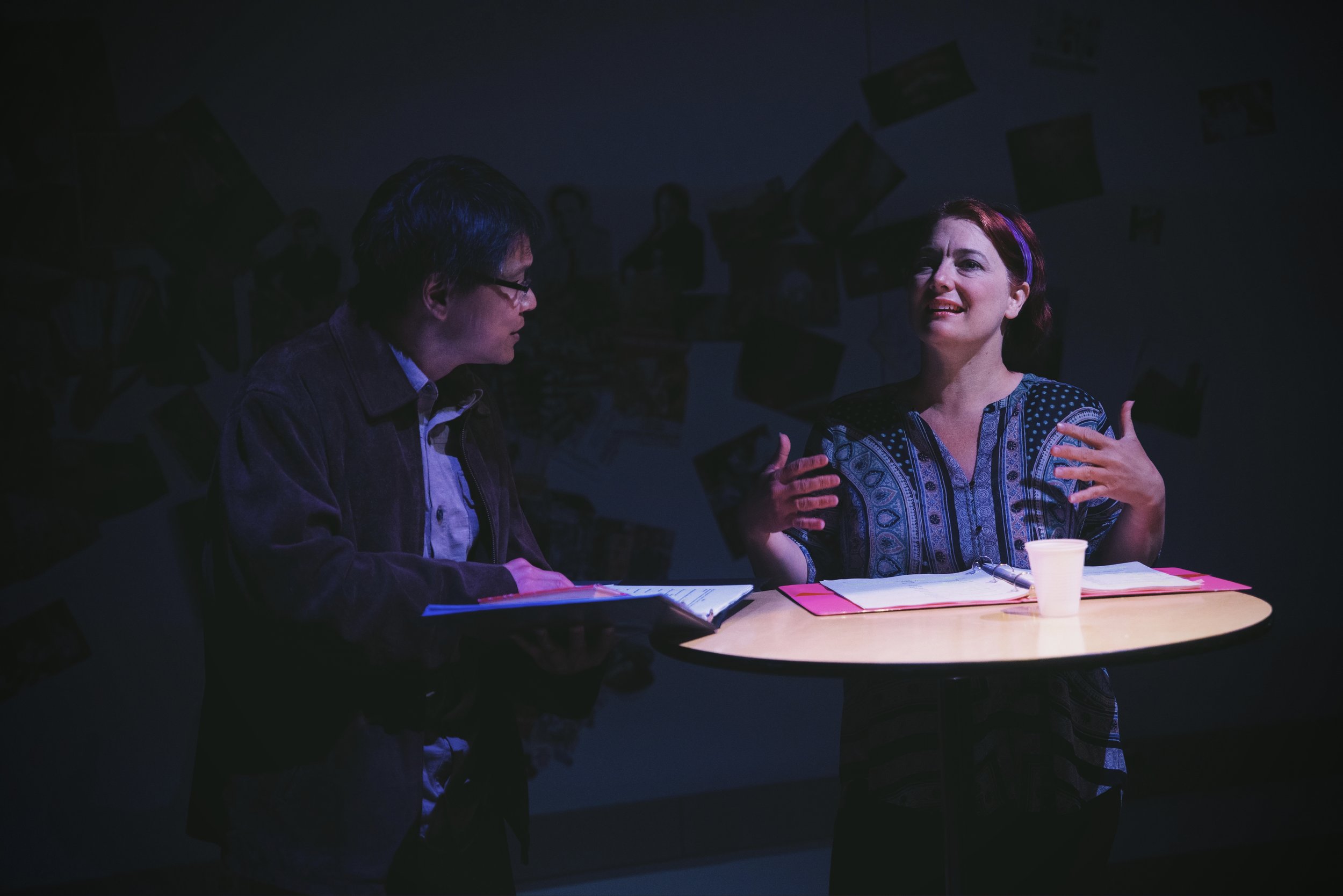
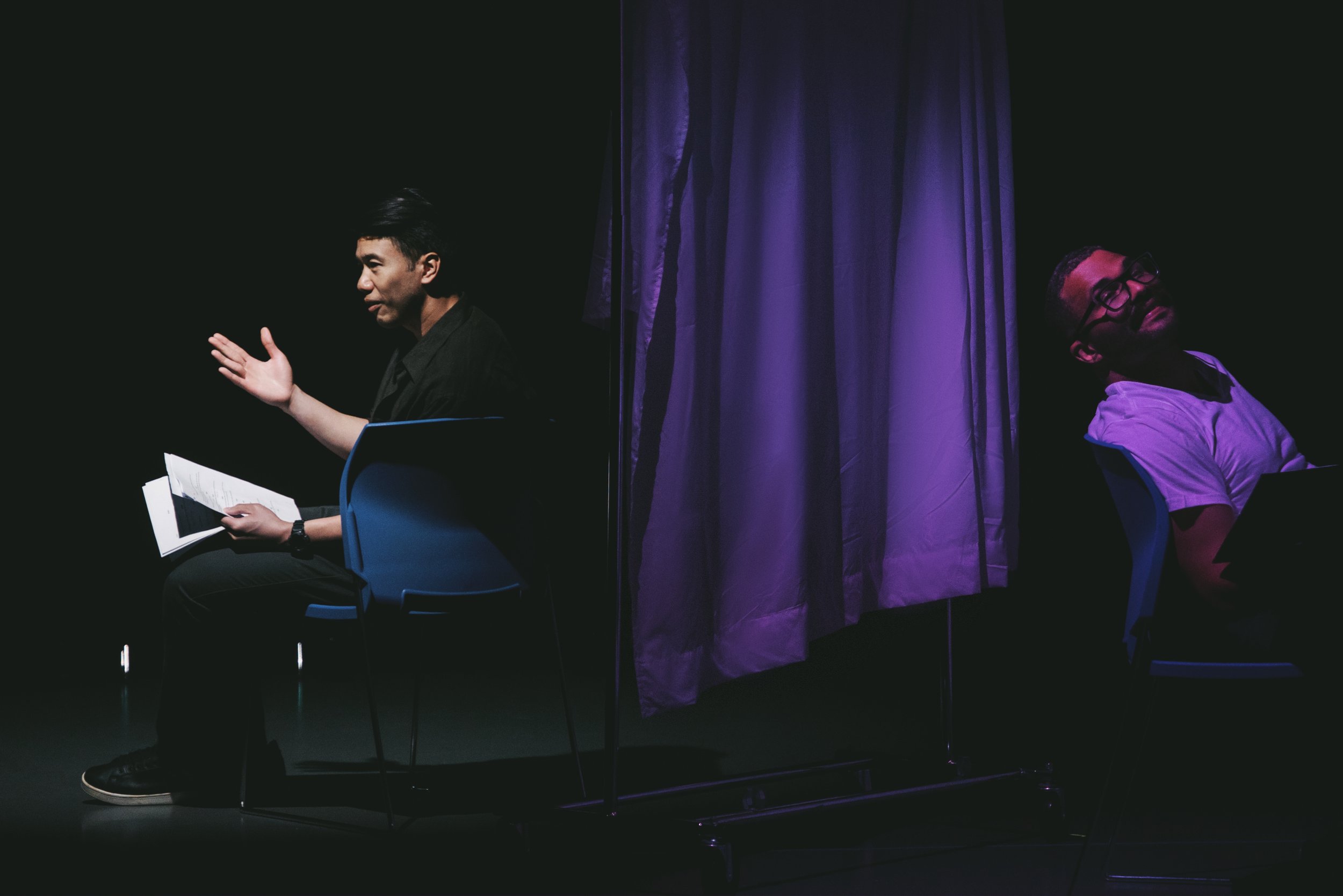
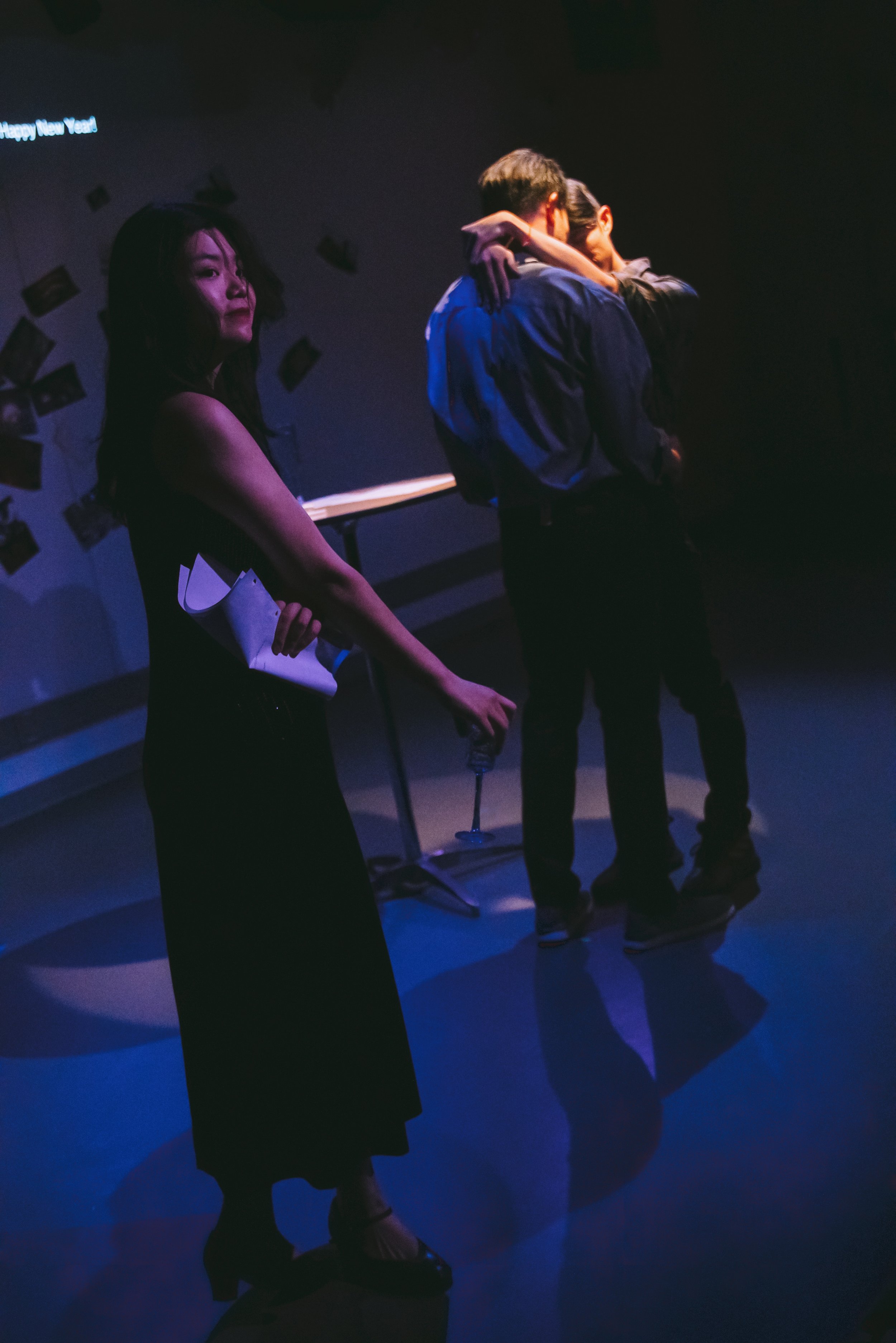
Flight of a Legless Bird also marked the premiere of the second season of Found in Translation, a multilingual series produced by Pao Arts Center, CHUANG Stage, and Asian American Theatre Artists of Boston (AATAB). Before the staging of his play at Pao Arts Center, Ethan Luk had brought the work to Beijing and workshopped the play in New York with theater professionals and numerous audiences.
Photo of Ethan Luk, Courtesy of Ethan Luk
“Throughout the development process, I would work closely with audiences and dramaturgs, particularly LGBTQIA+ and AAPI identifying members, through discussions and post-reading feedback to understand our prejudices, stories, and revelations about queer Asian folks...It was insightful to hear how the audience reacted to my interpretation of our shared cultural and historical experience of China/Hong Kong in the 80s to 00s, and also to the events in the U.S...Many of the Beijing audience members had no previous exposure to the AIDS crisis or even seeing queer Chinese representation onstage prior to this play. Bringing the play to an American audience would be a way of completing the circle, allowing the play to receive feedback from both of the worlds that are integral to the construction of the play.” -Ethan Luk, Playwright
The play’s focus on queer Asian characters and references to culturally significant moments in history spoke to audience members during the performances.
“I so so loved that this play is about queerness, specifically Leslie Cheung who is not Asian American but a HK superstar! I love the focus on queerness outside of the Global North, but at the same time making connections with the Global North.”
“I really appreciate it provided a space to express such emotions and document the historical moments. e.g. 1989, June 4th, Significance of Leslie and Anita for Hong Kong..., 20 year anniversary of Leslie’s death this year, 2003 SARS Pandemic... journey of early Chinese immigrants in the US.”
For the cast of the play, the opportunity to perform in both Cantonese and English was an important act of showcasing cultural nuances and preserving language and history.
“I love multi-lingual performances - it adds a certain depth and dimensionality to the experience. For non-speakers, there’s a sense of authenticity; for speakers of both languages. There’s an appreciation for nuances and subtleties that are often difficult to translate and so, best kept in their original form. I jumped at the opportunity to be a part of this production because I wanted to perform in both Cantonese and English, and to promote Asian Theatre in Boston.” - Anthony Eng
Headshot of Anthony Eng, Courtesy of Anthony Eng
Headshot of JK Wong, Courtesy of JK Wong
“As a native Cantonese speaker growing up in the US, it has always been a struggle to keep in touch with that part of my family history. Even as I spent my post college years in Guangdong, it was sad to see Cantonese being slowly phased out of the culture. Hearing this language throughout the story was very empowering for me. I think it's extremely important to remind people here about this culture through exposure, which is why I also make an effort to preserve this language in my own music. “ - JK Wong
Headshot of Hana Yiu, Courtesy of Hana Yiu
“By continuously recounting the tales of our past, we ensure that the language, culture, and history remain an integral part of our lives. I express my gratitude to everyone in CHUANG Stage, Wilson and Ethan for their remarkable work in recreating the 1990s of Hong Kong, which has made it possible for us actors to pass on this invaluable knowledge to our audience.” - Hana Yiu
The connection between language and authentic storytelling is core to the Found in Translation series’ mission and is made even more resonant by each production’s staging in Chinatown.
“Bringing multilingual stories to Boston’s Chinatown is particularly special because of this community’s own multilingual dynamic and long history of fighting for language access.”
Found in Translation: Flight of a Legless Bird cast and production team, Photo Credit: Pao Arts Center Staff
There is more to come with Found in Translation. Stay tuned for the next shows in season II: SKINLESS and Sita.
In the News:
Full Event Details:
Found in Translation: Flight of a Legless Bird | Friday, June 2 -Saturday, June 3
The Found in Translation Series is supported by the New England Foundation for the Arts' Public Art for Spatial Justice program, with funding from the Barr Foundation.
Season 2 of the Found in Translation Series is supported by the New England Foundation for the Arts' Public Art for Spatial Justice program, with funding from the Barr Foundation.







